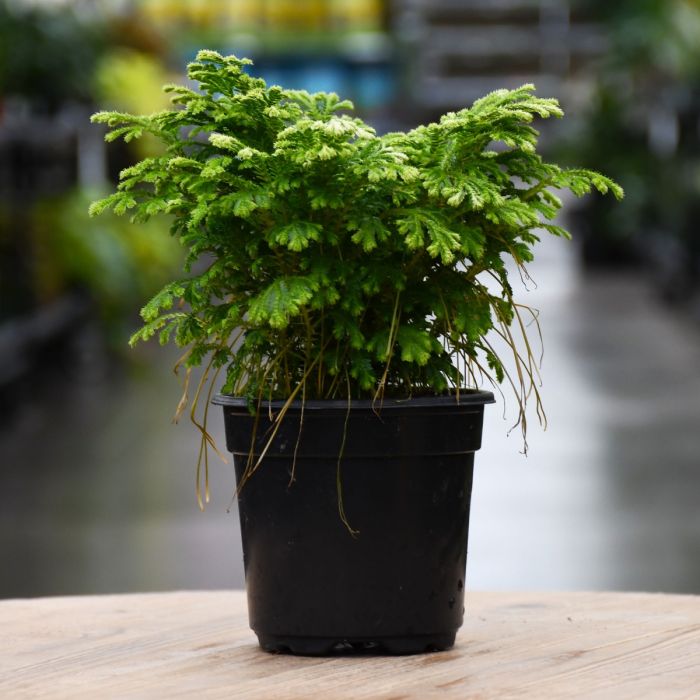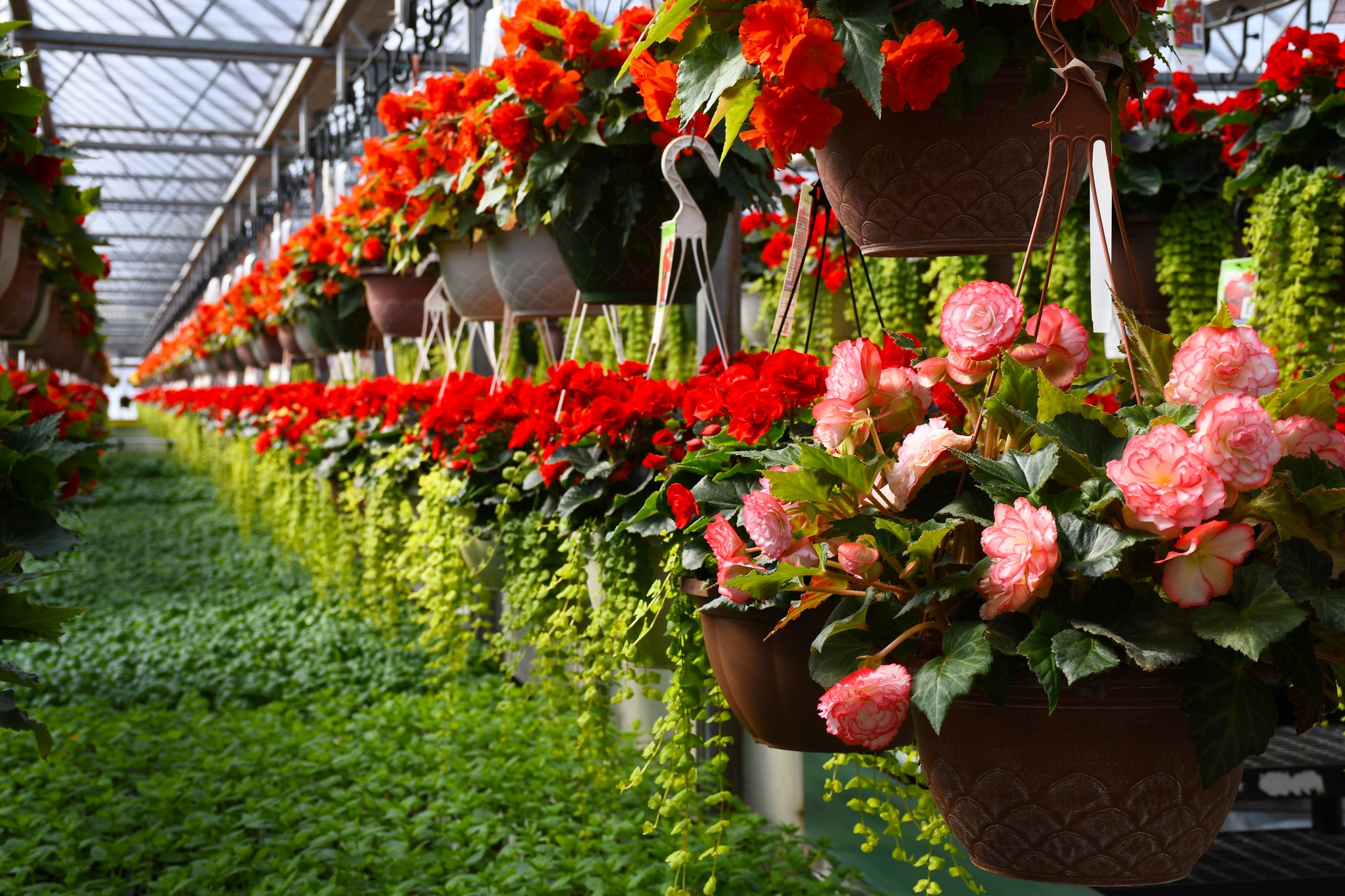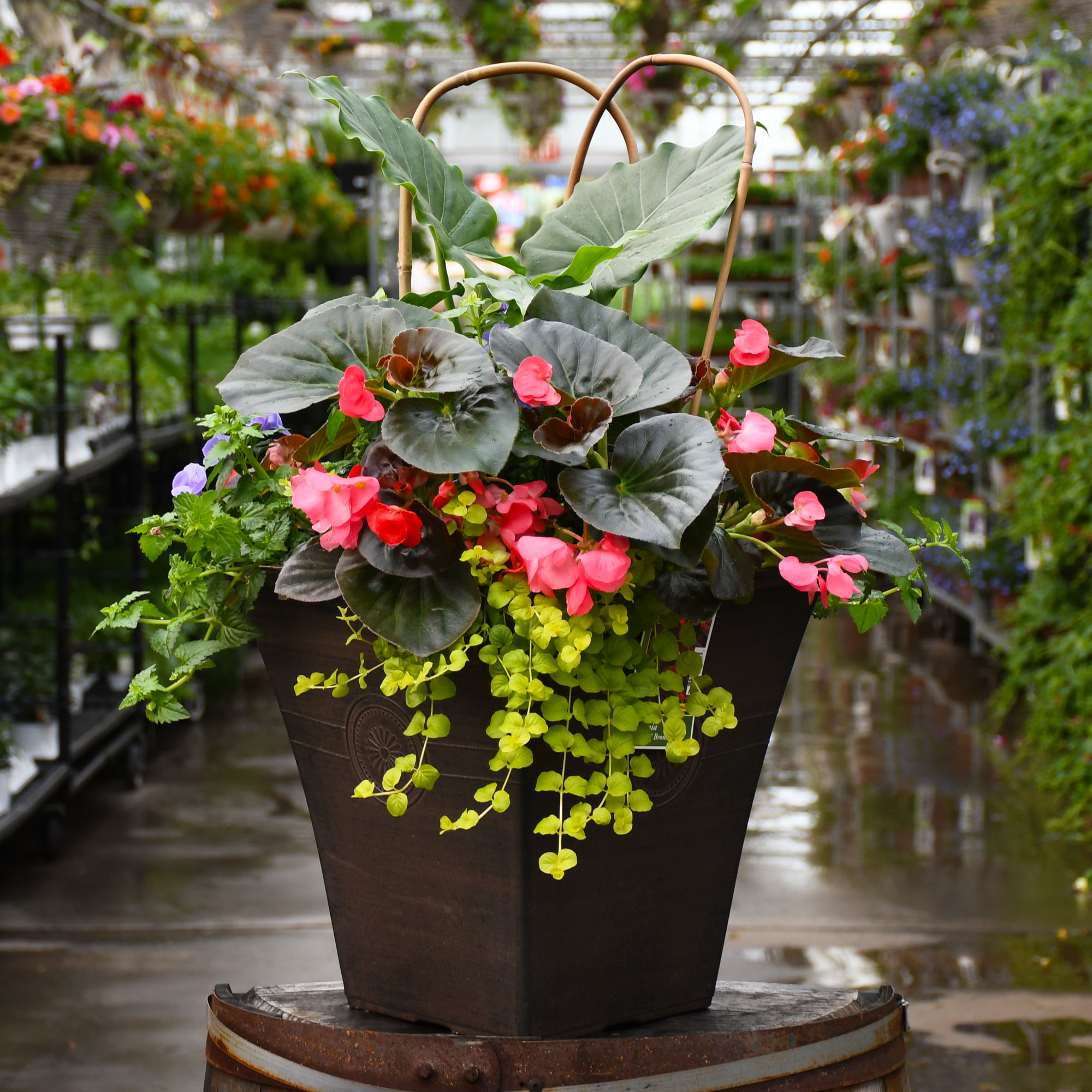Selaginella, Spikemoss 'Frosty Fern'

Out of stock
Temporarily Out of StockDescription
Green leaves, tipped in white, mimic frost in the tips of this plants fronts. Frosty ferns are not actually ferns, but belong to the Selaginellaceae or spike-moss family and are native to tropical regions. When care for these plants can reach a height of 12 inches tall. Frosty Ferns thrive when placed in shady locations, but can tolerate some morning sun but not much more. This plant will need a humidity dome to florish.
Direct from the Grower
When you see the Gerten Grown logo on our annuals, you know you're getting a fresh plant directly from our greenhouse. We've been perfecting our growing process for over four generations and pride ourselves on providing local quality and freshness to our customers. Better pricing on better quality plant material, that's Gerten Grown.
More Information
| Common Family Name | Fern |
|---|---|
| Plant Life Cycle | Annual |


